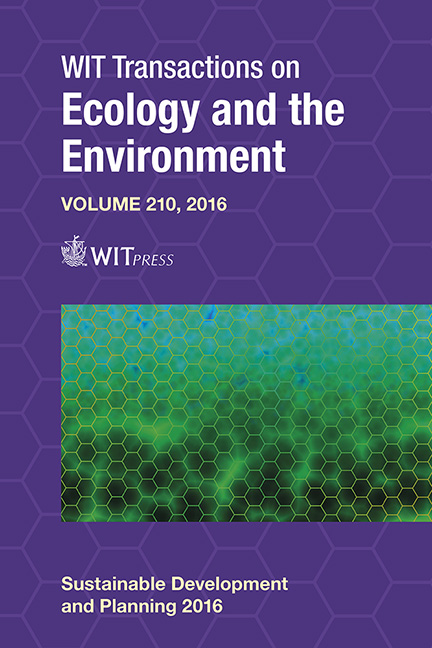Combined Sewer Overflow In Shenzhen, China: The Case Study Of Dasha River
Price
Free (open access)
Transaction
Volume
210
Pages
12
Page Range
785 - 796
Published
2017
Size
1,299 kb
Paper DOI
10.2495/SDP160661
Copyright
WIT Press
Author(s)
G. Talamini, D. Shao, X. Su, X. Guo, X. Ji
Abstract
The enormous process of urbanization, which is changing the Pearl River Delta (PRD) into the largest urbanized area of the world, is causing severe pressure on the water systems of the entire region. Urban river networks in dense urban environments, like in Shenzhen administrative territory, underwent a radical reduction in terms of size and complexity. Contextually, the impact of urbanization can be measured on significant coverage by impervious surfaces and related increase of surface runoff. Additionally, unsorted wastewater infrastructures are contributing to create the conditions, which can determine the contamination of water bodies during intense rainstorm events. Urban streams in Shenzhen are currently under transformation. Notwithstanding the considerable resources invested by the city administration in constructing new sewage infrastructures, during intense rainstorm events, various combined sewers are overflowing into the riverbeds, significantly worsening water quality. This paper uses the Dasha River in Shenzhen to systematically determine the causes of overflow and the possible strategies of intervention. The analytical study of wastewater drainage design of the Dasha River is here combined with on site surveys. To address the issue, different strategies of intervention are possible. On a medium time horizon, separating stormwater discharge from sanitary sewage is the most sustainable scheme. On a long term perspective, implementing the Sponge City precepts can significantly contribute to prevent combined sewer overflow (CSO).
Keywords
combined sewer overflow (CSO), impervious surface, Shenzhen, Dasha River, Sponge City





